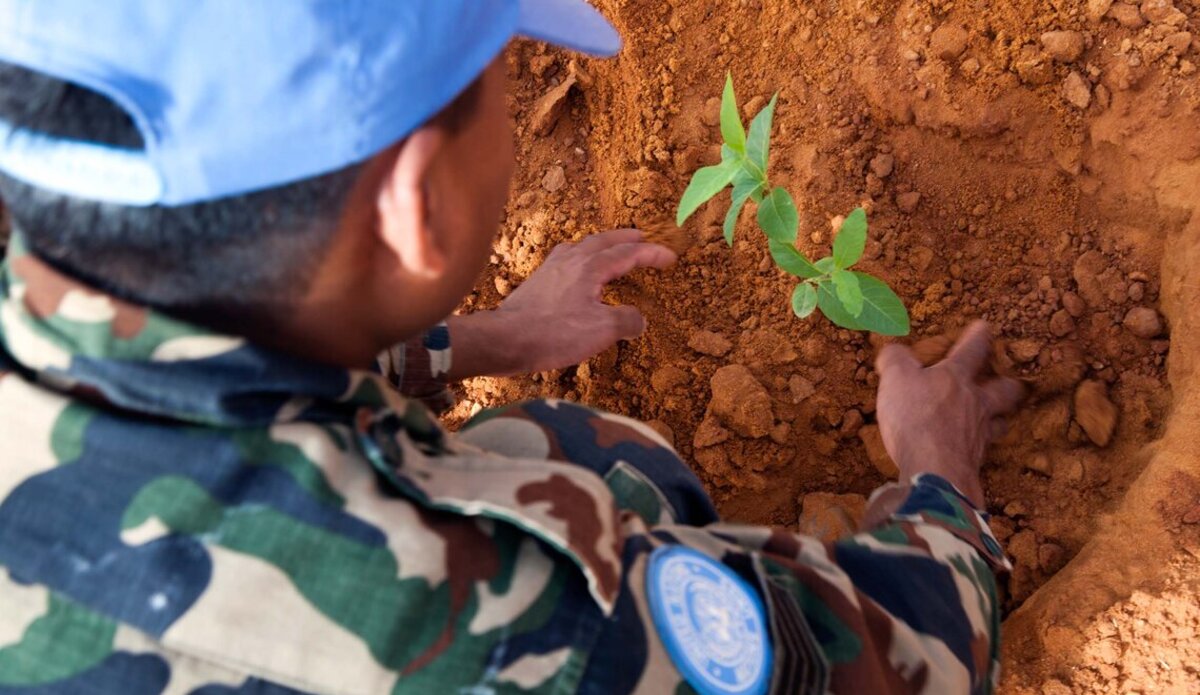
> suggests that in the last 60 years, at least 40 per cent of all intrastate conflicts have a link to natural resources, and that this link doubles the risk of a conflict relapse in the first five years.
Many violent conflicts have been fueled by the exploitation of natural resources, whether high-value resources like timber, diamonds, gold, minerals, and oil or scarce ones like fertile land and water. In addition, natural resources, especially water and vegetation, are increasingly affected by climate change, which exacerbates resource scarcity and impacts livelihoods.
Transhumance and Conflict
Farmer and herder conflict is an example of conflicts that are driven, among other things, by competition over natural resources and heavily impacted by climate change. Historically, the livelihoods of farmers and herders complemented each other, and longstanding agreements allowed for peaceful dynamics between the two groups during the season of transhumance. However, over the past decades, these arrangements have come under increasing pressure.
Dwindling natural resources and climate change, which result in desertification, soil erosion, and drought, have exacerbated competition over natural resources, pushing herders to venture into new areas to seek pasture for their herds. Drifting away from traditional migratory routes and encroaching on farming lands has fueled tensions.
In addition, the weakness of state institutions and lack of infrastructure has resulted in the inability of governments to effectively enforce the law and provide peaceful resolutions to disputes.
UN peace operations support local and traditional mechanisms to prevent, mitigate, and resolve transhumance-related conflicts through early warning/ early response mechanisms and support to local dispute resolution mechanisms. This is done by supporting dialogue before and after the migration season, demarcation of migratory routes, investment in community infrastructures, informal dispute resolution mechanisms, and conducting joint military/police patrols along such migratory corridors to deter violence. Missions also works with the authorities to cultivate sustainable solutions by promoting social cohesion and institutional frameworks to regulate the inherent tensions between herders and farmers.

